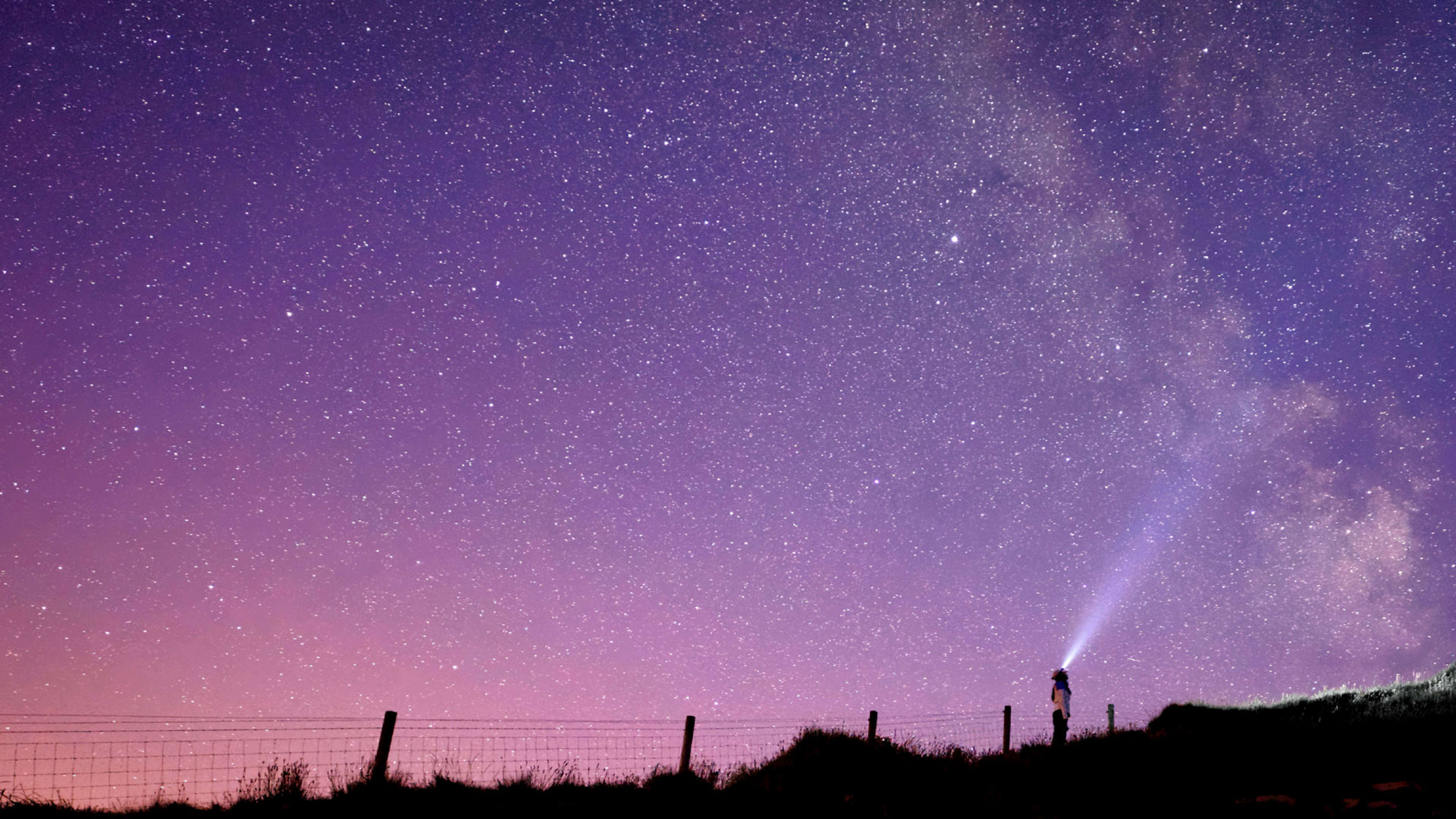Over the years many people thought the arrival of Halley’s Comet portended the end of the world. The planet survived, though, and Halley’s Comet continues to zip across the sky, leaving a trail of astral debris in its wake. Scientists believe that when the Earth drifts through the debris, it lights up the sky as meteors, specifically the meteors that will illuminate the Orion constellation beginning tonight (October 20) and over the next few days.
The Orionid meteor shower, which appears once a year in October or November, near the Orion constellation (brush up on your Greek mythology here), is known to generate the Usain Bolt of meteor showers—incredibly fast and bright, producing up to 20 meteors per hour. Plus, this meteor shower is great for amateurs star-watchers as you don’t need telescopes to see them. They are visible to the naked eye and can be seen anywhere in the world.
Here’s how to watch the Orionid meteor showers:
When you should look:
The best time to see the Orionid meteor shower is around 1 or 2 a.m., local time, and meteors can typically be viewed until just before sunrise. To maximize your viewing experience, escape from light pollution and head to the great outdoors. Let your eyes adjust to the darkness, which takes about 20 minutes, and then wait for the show to begin.
Where should you look?
The night sky is vast, but it’s pretty easy to spot the Orion constellation with its distinctive three star line-up serving as Orion’s “belt” (Space.com has a good guide to hunting Orion). Orion is in the southwest sky if you are in the Northern Hemisphere, or in the northwestern sky if you are in the Southern Hemisphere. To spot the meteors, though, don’t look directly at the Orion constellation, because it’s brightest star, Betelgeuse (do not say that three times), is the radiant for the comets, a.k.a. the point in the sky where the comets appear to come from. Comets at that point tend to have smaller tails and can be harder to see. Instead, as NASA notes, “It is actually better to view the Orionids from 45 to 90 degrees away from the radiant. They will appear longer and more spectacular from this perspective.” Look away from the constellation toward the eastern sky or the western edge of the Orion constellation.
Watch the Orionid meteor shower on live-stream:
If you’re agoraphobic and/or lazy and/or the weather in your area is bad, feel free to watch the meteor shower from the comfort of your bed. A live broadcast of the Orionids will stream on Ustream starting on Friday, October 20 at 10 p.m. EDT.
Alternatively visit the Slooh website, which says it will have a live-stream of the meteor shower starting at 8 p.m. ET Friday, and will have astronomers on hand to explain the celestial show. They will be watching from the Institute of Astrophysics of the Canary Islands in Tenerife’s Teide National Park, one of the world’s darkest places.
Recognize your brand’s excellence by applying to this year’s Brands That Matter Awards before the early-rate deadline, May 3.
